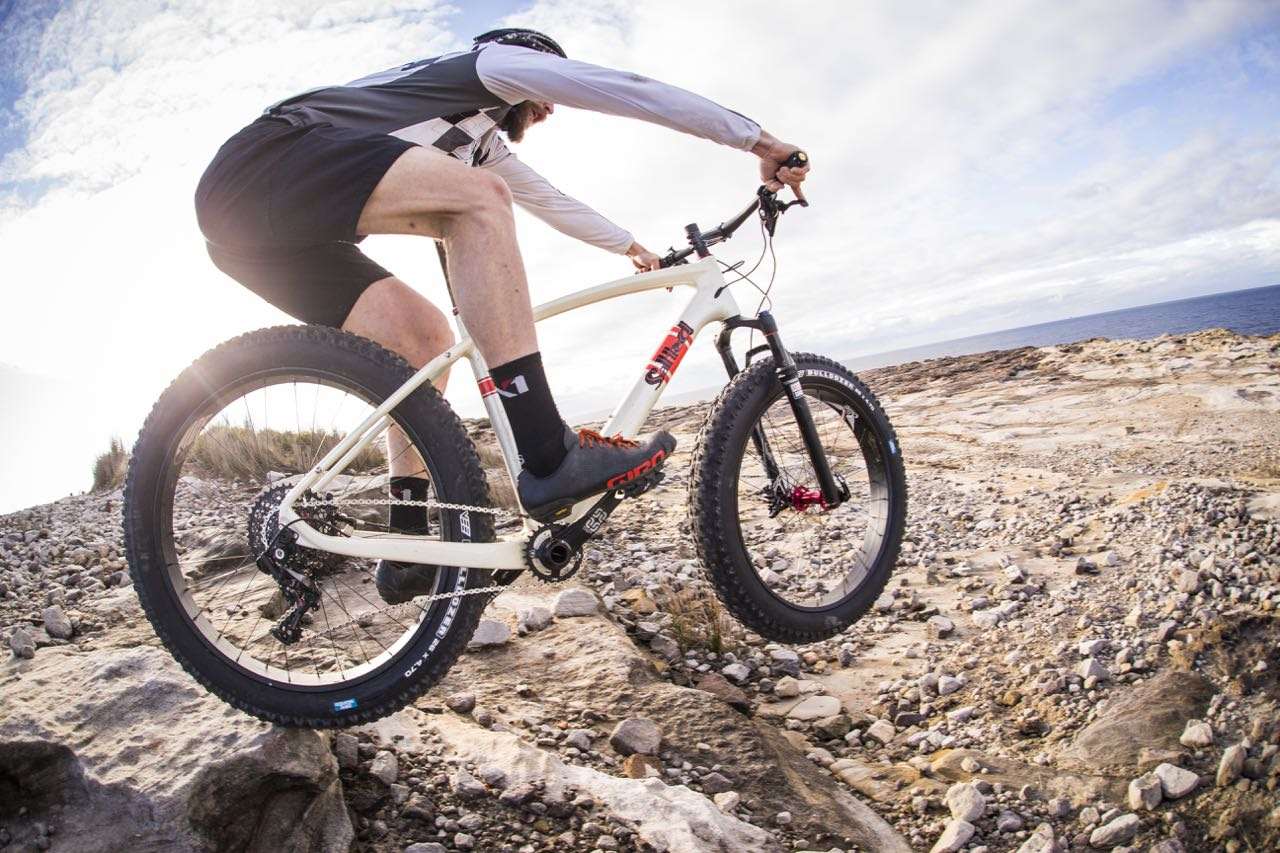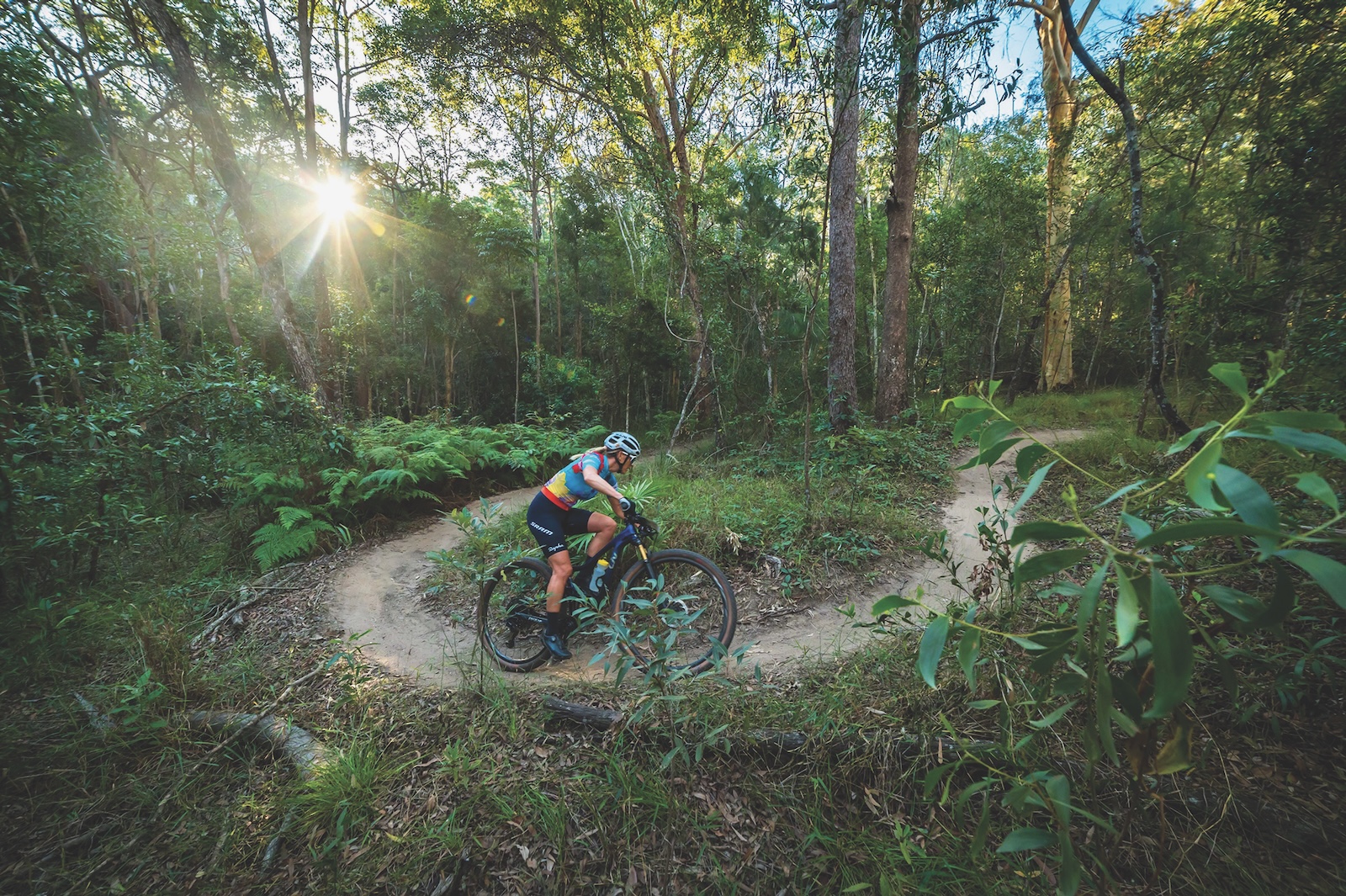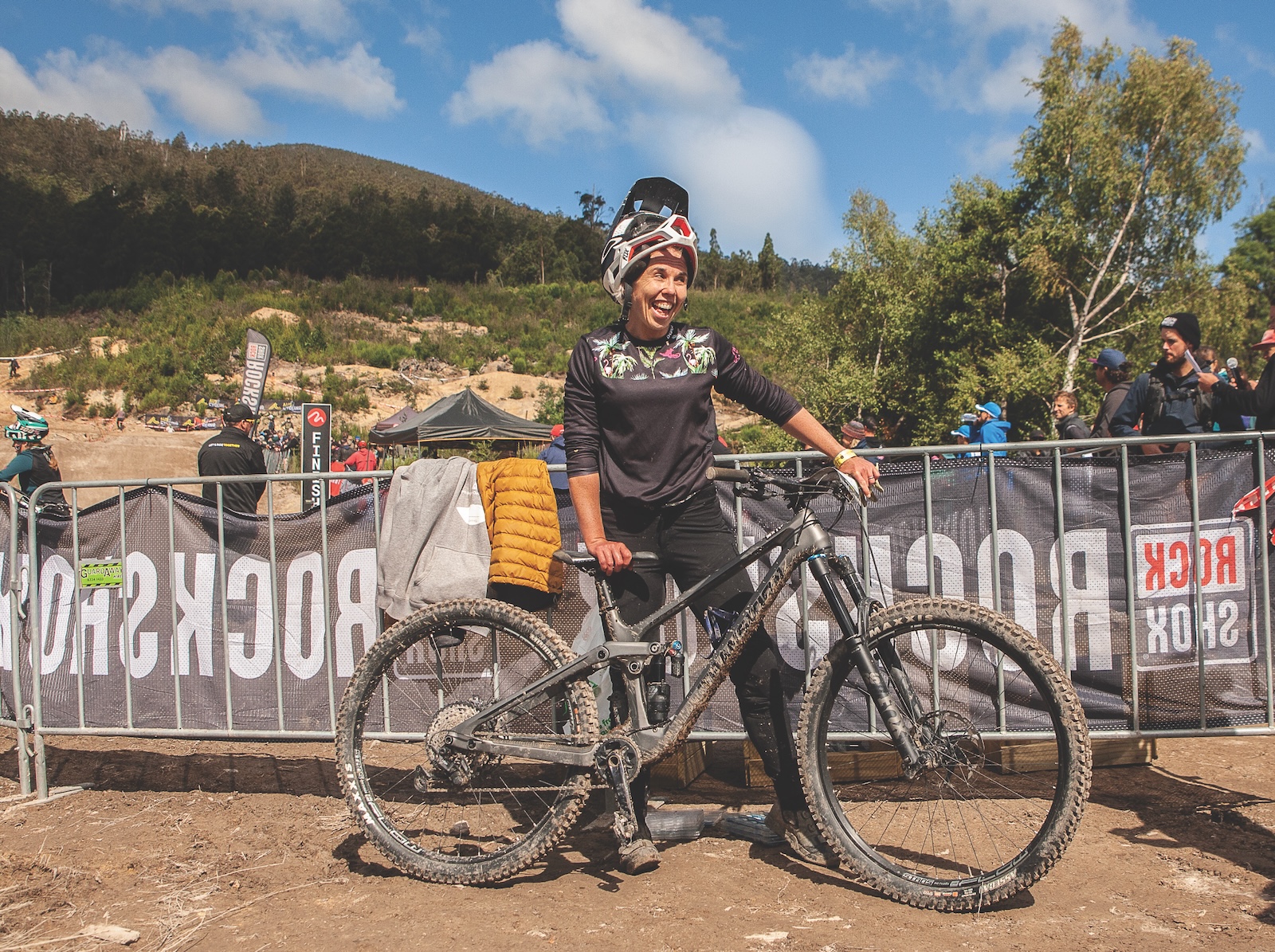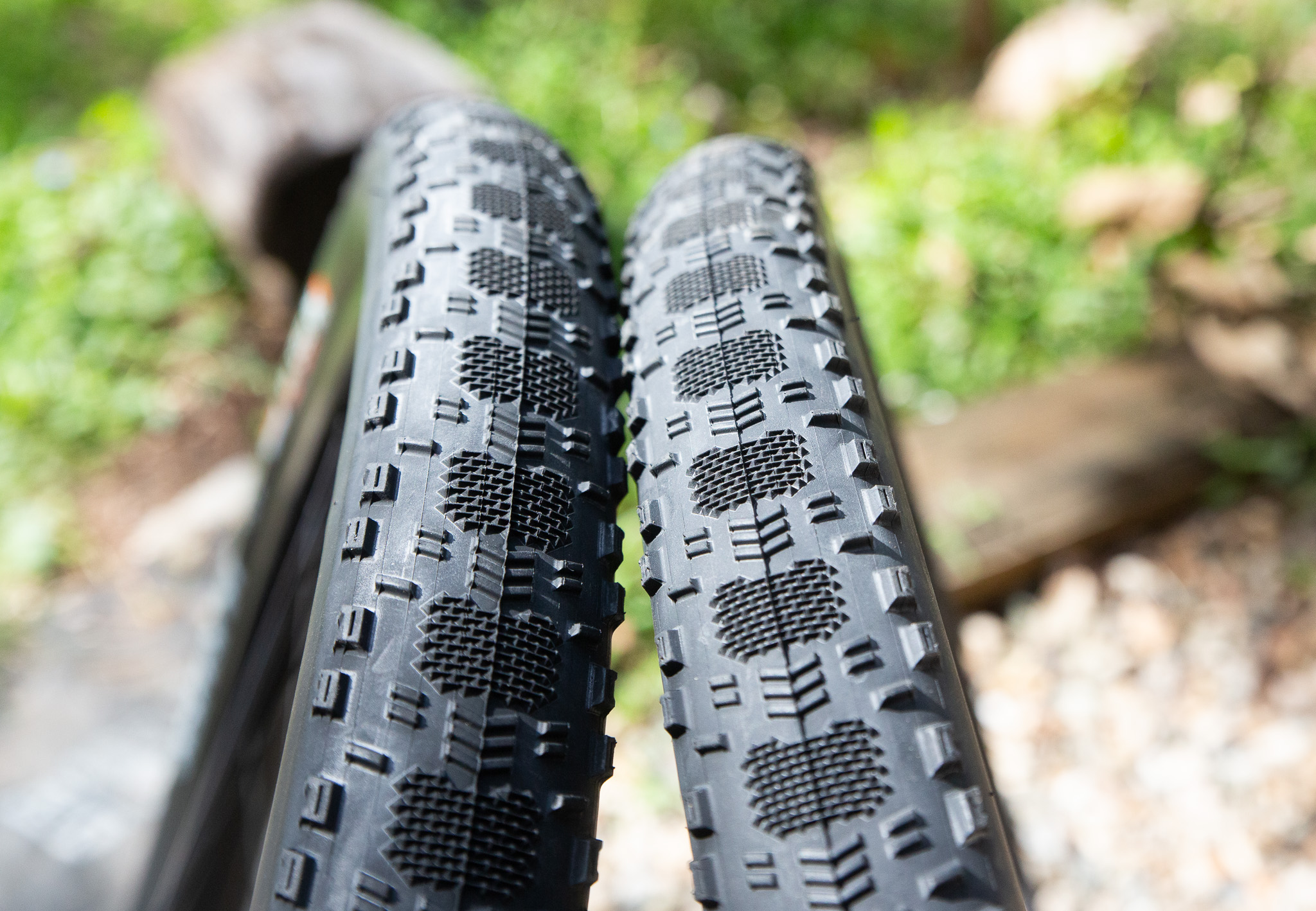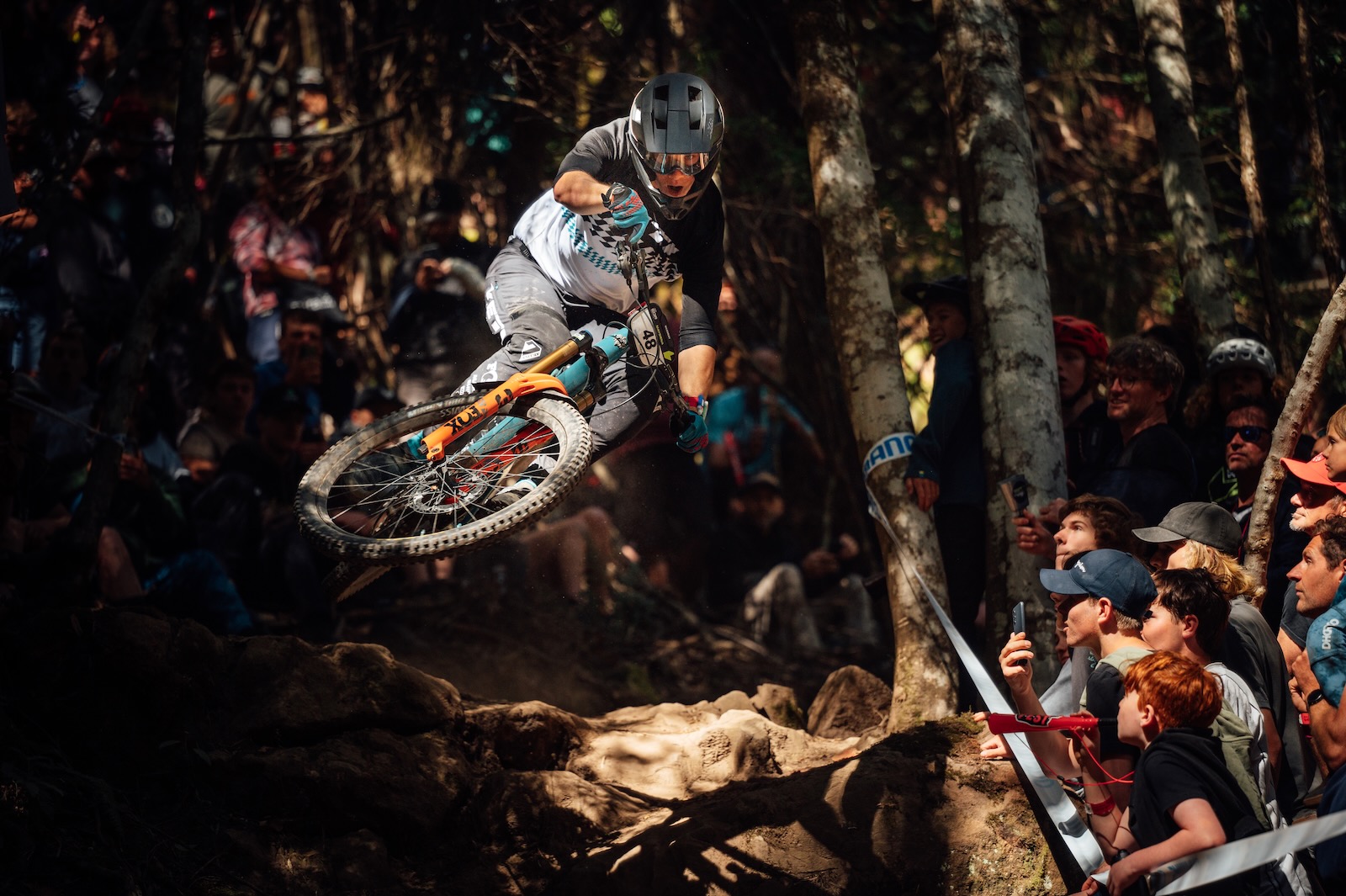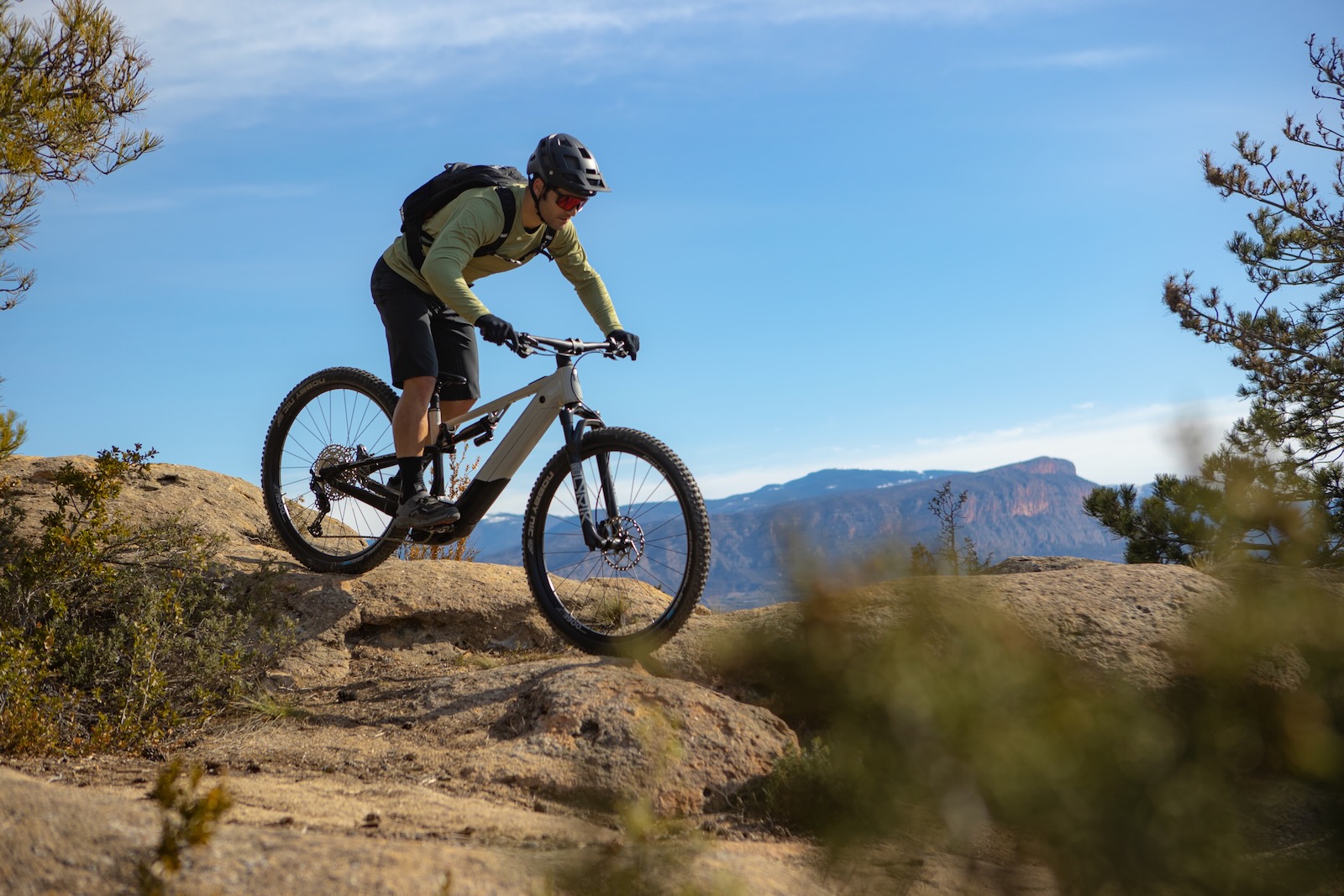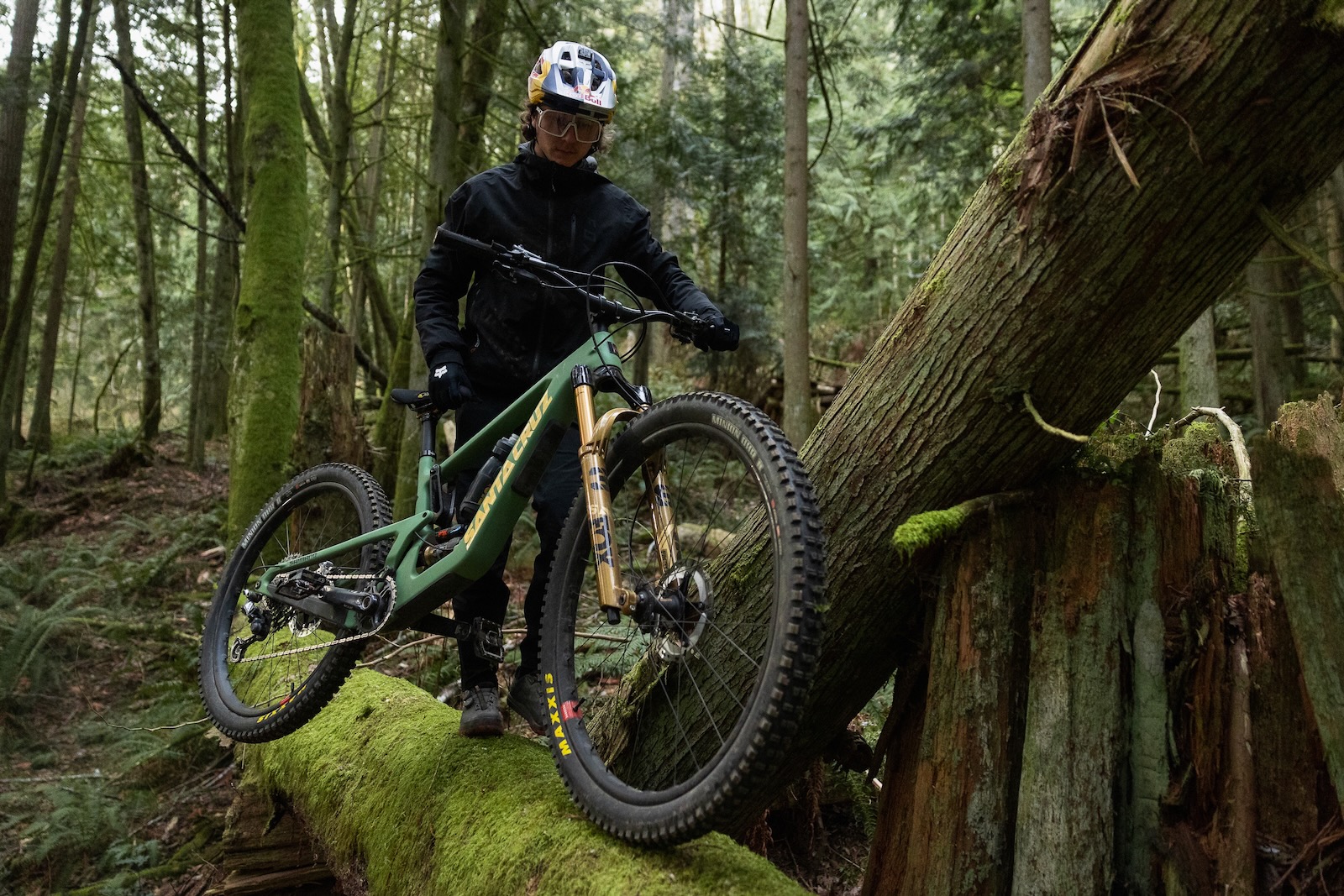Tested: Salted Carbon Sandfly
Sydney based Salted Bikes is a company that was born with one singular goal in mind – to dedicate all their time to making quality fatbikes.
Sydney based Salted Bikes is a company that was born with one singular goal in mind – to dedicate all their time to making quality fatbikes. Where other companies, even those at the forefront of fatbike development, have often kept fatbikes in the wings of their ranges, Salted have based their Australian designed fleet of bikes purely around the big tyred machines.
Their flagship full carbon Sandfly is the first model to come out of their Blacktown based design studio, and looks to take on some of the heavy weight players in the fatbike game with some impressive design features, modern spec and attention to the needs and desires of both the hardened fatbike veteran and the newcomer alike. With the ability to run suspension forks up to 120mm, a frame weight of just under 1500 grams, internal cable routing, 197x12mm thru axle in the rear and plenty of tyre clearance to run even the chunkiest five inch (yes FIVE inch) tyres the Sandfly certainly seems ready to rumble.
It’s interesting for me writing this article on a fatbike as an N+1 bike on the peripherals of many people’s bike purchase radars as that is not where the fatbike belongs for me. My fatbike has been my go-to bike for coming on four years now, for all kinds of riding. Whether it be trail riding, bikepacking, recreational cross country ‘racing’ or just exploring areas my other bikes just would never take me, I tend to gravitate toward my fatbike.
Initial Impressions
Even for the seasoned fatbiker, the Sandfly is an imposing figure. Oversized carbon tubes, the 4.8 Bulldozer tyres and the left-field, mega-wide appearance of the RockShox Bluto fork is all a lot to take in. With all the girth this thing is packing, one could easily be mistaken that it is going to be a cumbersome, heavy handful on the trail. The fact that it’s just 11.6kg out of the box stands in stark contrast to this initial assumption of weightiness and I was instantly curious and excited to get this thing on the dirt.
The lines of the full carbon frame, while not as pristine and elegant as those you may have been used to seeing from the big players in carbon trail bikes are aesthetically very pleasing. Using carbon has given Salted the ability to create a very wide rear end, with great tyre clearance (even around a 4.8 tyre) but keep the stays to a reasonably tight 467mm. The Sandfly has been designed around an 80mm travel RockShox Bluto fork and set up as such gives a headangle of 70 degrees, which is about a degree and a half steeper than I am used to riding on a fatbike.
The internal headset keeps the front end height down and maximises the amount of material in the headtube junction, and the frame features full internal cable routing for gear and brake lines. I definitely had some initial concerns about these filling up with salt water, but then this bike is carbon, not steel, and so even if that were to happen it’s unlikely to be too much of a big deal long term.
Salted have worked in conjunction with sister company Dice to create the new Ollie, a tubeless ready fat bike rim. Rim width on a fatbike can make or break the ride. Go too wide, to 100mm, and the floatation is amazing but it won’t want to go around corners without some serious persuasion. Too narrow, at 65mm or thereabouts and the trail behaviour is gorgeous but you’ll suffer on deep, soft sand and scree. Dice created the Ollie for versatility and their 80mm width looks to provide a nice balance between trail behaviour and capability in the softer stuff that fatbikes are renowned for dealing with.
Setting up a fatbike tubeless can be one of the most infuriating tasks you could ever attempt, but I was surprised to find the combination of the Vee Bulldozer tyres and the Ollie rims worked together like peanut butter and oreos (if you have not done this, get on it now!) and I had the full wheel set set up tubeless in under ten minutes without any sealant required. Super simple. A solid squirt of sealant through the valve and they were ready to go at 7psi front, 8psi out back and held pressure for the duration of the half dozen rides this test is based on.
Drivetrain and braking is taken care of by SRAM’s X01 shifter, derailleur and cassette with KMC chain and e*thirteen crank with a twenty eight tooth chainring. On paper, a solid gear range for the Sandfly, considering the soft stuff I had in mind for this test. Slowing down is taken care of by the SRAM Guide RS brake set with a 180mm rotor up front and a 160 out back. All this was mounted on the light weight and sexy Ritchey Superlogic bar, post and stem with a WTB Silverado saddle.
On The Trail
If you have never ridden a fatbike before, your first ride on one will result in just one adjective. Fun. The level of traction offered by these bikes is nothing short of mind blowing for the uninitiated, and the Sandfly, even for me, takes this to another level, instantly expanding your perception of what is rideable, and what is not. Our test ‘trail’ involved a mix of singletrack, exposed sandstone rock formations and absolutely filthy scree – huge areas covered in loose and rolling baby head sized rocks. Taking your regular mountain bike here would result in a LOT of walking, no doubt accompanied by a fair amount of swearing.
The enormous amount of traction offered by the Bulldozer tyres and single digit pressures, coupled with the low weight and stiffness of the Sandfly made technical climbing through all manner of loose, chunky rubbish a laugh out loud experience and the gear range specced by Salted proved spot on. You can forget about off-camber, there’s no such thing on the Sandfly and traversing lines along cliffsides and rockslides was, again, an insane amount of fun.
The only little niggle I experienced was in relation to the head angle, and steering. As I stated in the introduction, the head angle out of the box is 70 degrees with a eighty millimetre fork. I had a feeling this was going to be a little steep, and I definitely noticed a fairly off-putting amount of oversteer as the bike tried to go further than directed even when turning subtly. Fortunately I own both 100mm and 120mm air assemblies for the RockShox Bluto, and switched out a couple of times to feel it out at different front end heights. The change to 100mm made an immediate difference, the handling becoming much more relaxed and the bike going exactly where I pointed every time with no adverse feedback. Going further out, to 120mm had me absolutely loving this thing. The combination of the traction and low weight I keep banging on about, suddenly combined with super effortless handling and a pretty ridiculous level of forgiveness and predictability was really something to behold and I really don’t believe that there is a single mountain biker on earth that won’t love this experience.
The RockShox Bluto is a little flexy out at the longer lengths, but not in an off-putting way. Heavier riders might notice this a little more than I did.
On more traditional, non-fatbike specific trails the Sandfly is actually surprisingly fast and requires only about the same amount of effort as a twenty niner hardtail of a similar weight to negotiate flowy and technical singletrack. Line choice on your regular mountain bike trail becomes more a game of which totally unsuitable line you CAN take and riding in a group with friends on ‘proper’ trail bikes led to a lot of laughs and surprise from those around me about where the hell I was going. If you’re bored with your local trail, this thing will change that place entirely. Low weight made bunny hopping and handling in the air simple and not having to worry about what you are landing in is (sometimes overly) confidence inspring. So much fun.
The SRAM drivetrain performed perfectly throughout the test, even when covered in heinous amounts of beach sand and salt water. You DO have to get used to ignoring some pretty horrible grinding sounds when riding bikes like the Sandfly in gritty and wet conditions but once you’re okay with destroying your chain and cassette in the name of fun you’ll be happy as long as everything still shifts and stays in place. I had no chain drops from the e*thirteen chainring at all and predictable shifting out the back regardless of the conditions.
As expected, I did end up with a fair bit of water inside the frame, and noticed a little bit of a creak from the internal cable entries near the headtube as bits of sand and crap ended up in there and moved around a bit when turning but hey, it’s a fatbike. My personal preference would be to retain external cabling on a fatbike, but internal is the fashion of our time and I think most people will appreciate the smooth look it offers.
Our Take
Still in their infancy, Salted have done a great job of producing a practical, good weight and super fun fatbike with lots of the features and spec a regular mountain biker will expect in a bike at this price point. Granted, a carbon fatbike is not on everyone’s radar, especially at close to five grand, but it really will add a new dimension to places you ride all the time and open up a lot of riding you may never have considered previously, which in my mind is what makes that outer-edge N+1 bike so appealing.

